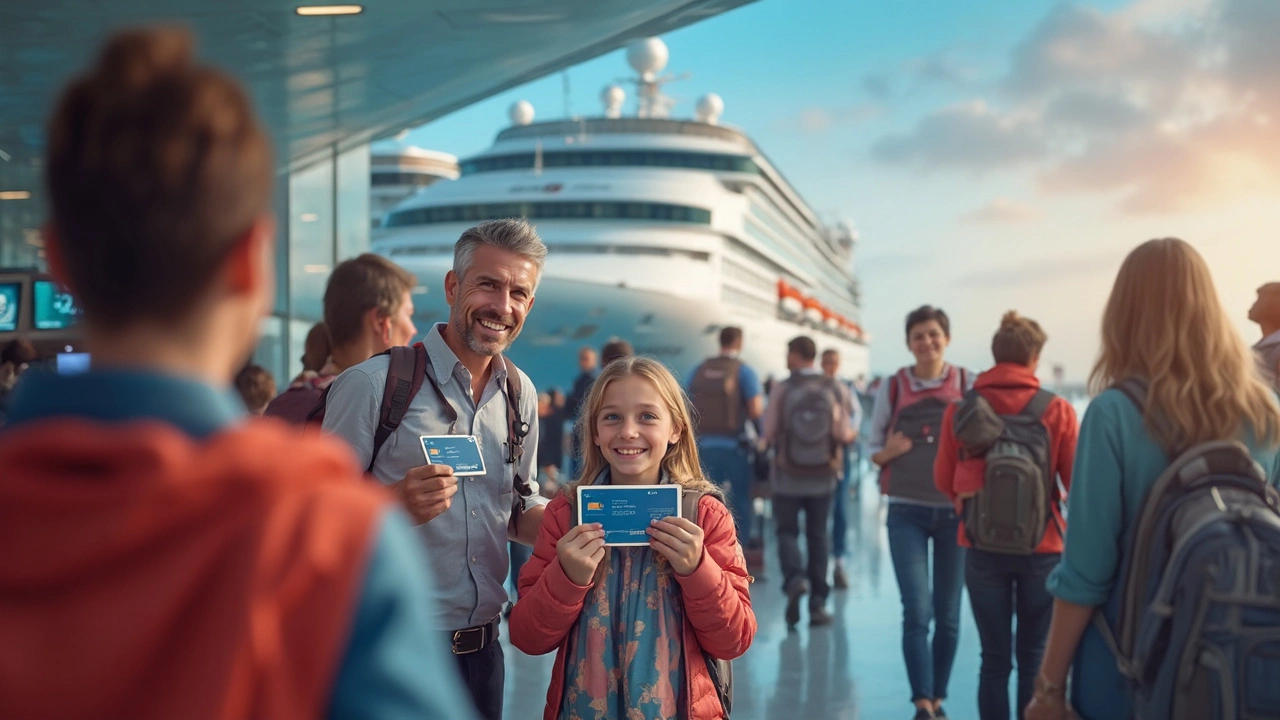Cruise Travel Tips for HGV Drivers
If you spend most of your day behind the wheel of a big rig, staying comfortable and saving fuel are top priorities. Cruise travel – using cruise control on long stretches – can help you hit both goals. Below is a straight‑forward guide that shows how to set up your rig, avoid common slip‑ups, and keep the road safe for everyone.
Why Use Cruise Control on an HGV?
First off, cruise control keeps your speed steady without you having to press the accelerator every few seconds. That steadiness means the engine works at a predictable load, which usually translates into better fuel mileage. For an HGV that burns dozens of litres per hour, even a 1‑2% gain saves money over weeks of trips.
Second, a constant speed reduces driver fatigue. When you’re not constantly adjusting the throttle, your foot has a chance to rest and you can focus more on the road, mirrors, and blind spots. Less footwork also means you’re less likely to make sudden accelerations that could upset cargo or other road users.
Top Tips for Safe and Efficient Cruise Travel
1. Choose the right road. Cruise control works best on long, straight highways with minimal traffic. Avoid using it on winding country lanes, steep hills, or in heavy stop‑and‑go traffic where you’ll need to brake often.
2. Set a realistic speed. Pick a speed that matches the posted limit and the weight of your load. Heavy loads need a bit more power to maintain speed, so you might set the cruise a few kilometres below the limit to avoid over‑working the engine.
3. Use the ‘coasting’ feature if your rig has one. Some modern HGVs let you lift off the throttle while the cruise system holds speed. This reduces fuel use on gentle downhills and cuts wear on the brakes.
4. Monitor weather and road conditions. If rain, fog, or icy patches appear, switch off cruise control immediately. Sudden loss of traction is easier to manage when you have full control of the accelerator.
5. Keep a safe following distance. Cruise control maintains your set speed, but it doesn’t adjust for traffic ahead. Maintain at least a two‑second gap so you have time to react if the vehicle in front slows suddenly.
6. Check your tachometer. Even with cruise control, you should keep an eye on engine RPM. If the needle climbs into the red zone, lower the set speed to protect the engine and avoid costly repairs.
7. Take regular breaks. Cruise travel reduces foot fatigue but not overall driver fatigue. Pull over every two hours, stretch, and hydrate. A refreshed driver stays alert, which is the best safety tool you have.
By following these steps, you’ll make cruise travel a reliable part of your routine. You’ll see lower fuel bills, smoother rides, and fewer moments of sudden braking. The bottom line? A well‑used cruise control system is a cheap, built‑in tool that helps HGV drivers stay safe, comfortable, and efficient on every long haul.
- March 4 2025
- 0 Comments
- Rowan Cavendish
Can I Use an Enhanced ID on a Cruise? Your Guide to Smooth Sailing
Curious if you can use an Enhanced ID for your next cruise? Discover the ins and outs of Enhanced ID cards, their use on cruises, and tips for hassle-free travel. Find out how these cards can simplify check-ins and border crossings. Navigate the world of cruising with ease and confidence by understanding your ID options.
- Driving Lessons (41)
- Driving Test Tips (33)
- HGV Training (31)
- Driving Test Booking (27)
- Driving Licence Renewal (23)
- Driving Theory Test (21)
- Intensive Driving Course (16)
- Pass Plus Course (15)
- Driving Tips (15)
- Driver Licensing (14)
Categories
- January 2026 (3)
- December 2025 (15)
- November 2025 (13)
- October 2025 (21)
- September 2025 (5)
- August 2025 (8)
- July 2025 (30)
- June 2025 (30)
- May 2025 (30)
- April 2025 (31)
- March 2025 (30)
- February 2025 (28)
Archives
- driving lessons
- driving test
- driving tips
- intensive driving course
- driving test tips
- HGV training
- learn to drive
- driving theory test
- driver training
- driving test booking
- pass driving test
- HGV driving
- road safety
- driving license renewal
- Virginia driving test
- learner drivers
- safe driving
- Virginia driver's license
- driving license
- learning to drive

